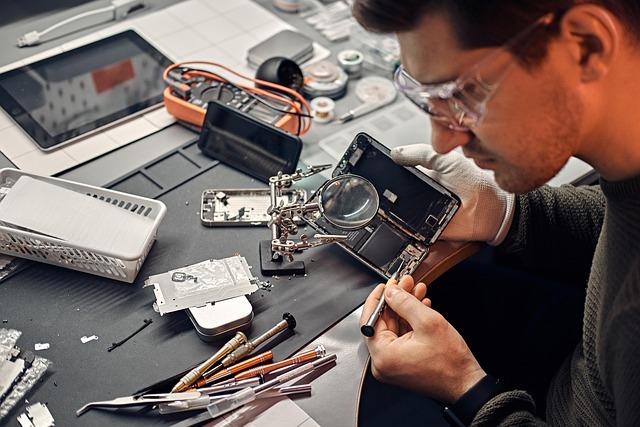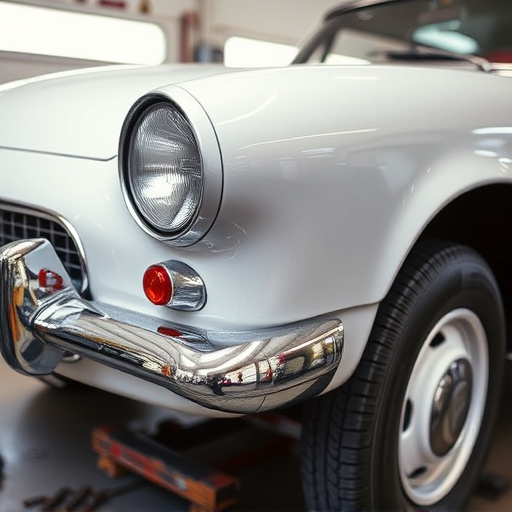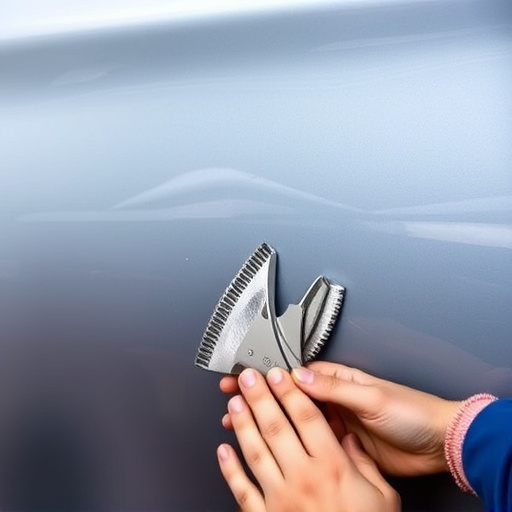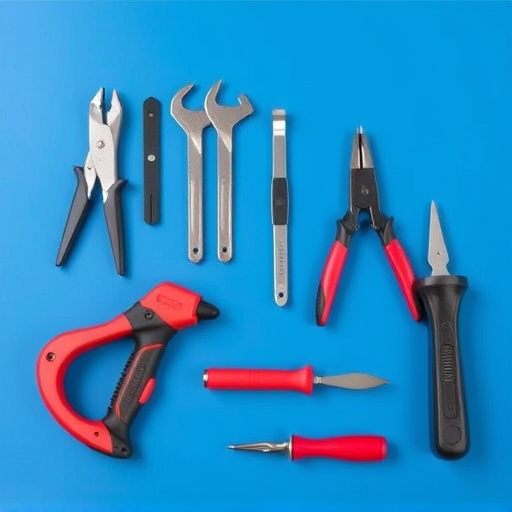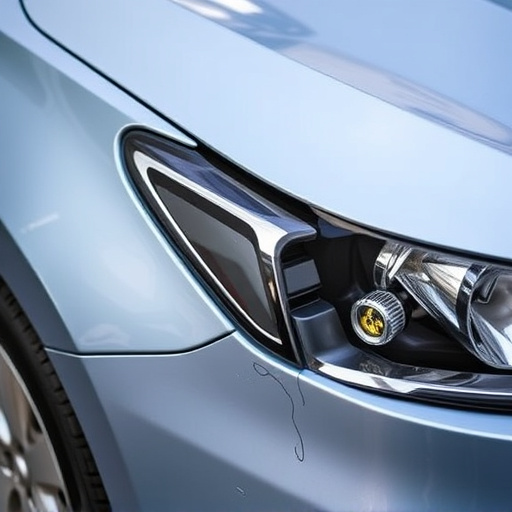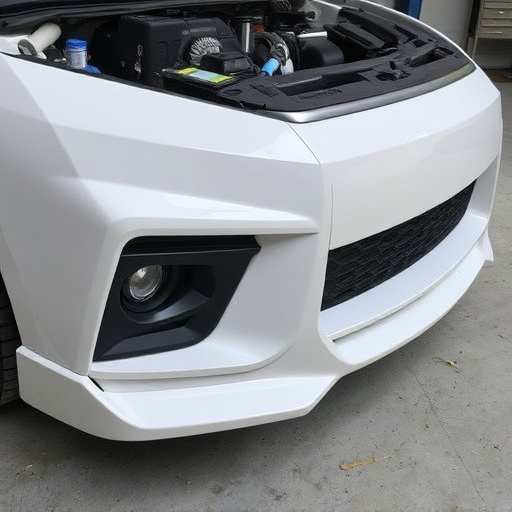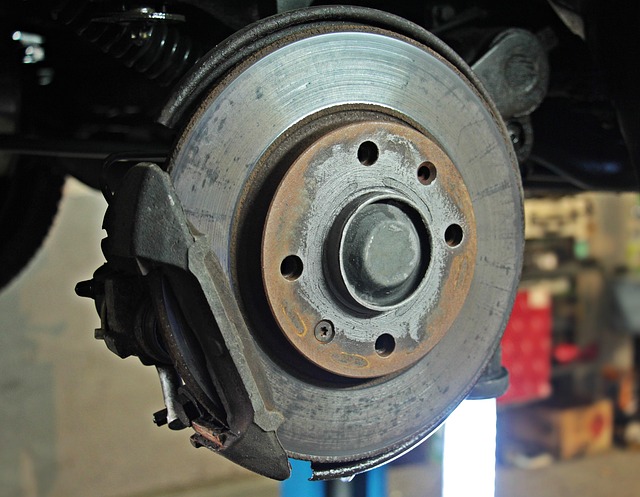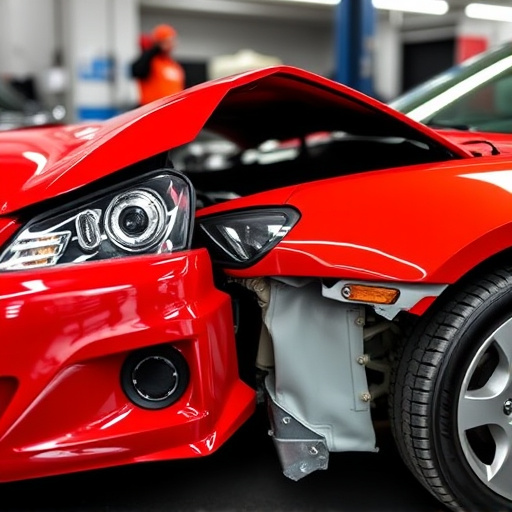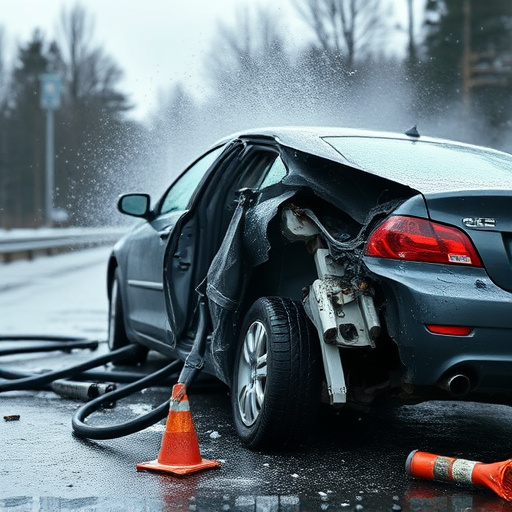OEM collision parts are authentic, model-specific replacements that offer superior fitment, warranties, and safety standards for auto body repairs. To streamline the process, drivers should: 1) assess damage, create a part list, and gather vehicle info; 2) contact their insurance provider to initiate claims and get guidance on OEM suppliers or shops; 3) source certified OEM parts from reputable dealers for accurate fitting, durability, and safety; 4) maintain records for efficient issue resolution. This approach ensures faster, quality repairs that preserve vehicle value and increase resale potential.
After a car accident, securing genuine OEM (Original Equipment Manufacturer) collision parts is crucial for safe and reliable repairs. This article guides you through the process of requesting these high-quality parts, explaining why they are essential for your vehicle’s performance and safety. We’ll navigate the steps from understanding OEM parts to ensuring a smooth ordering experience, empowering you to make informed decisions post-accident.
- Understanding OEM Collision Parts: What They Are and Why They Matter
- Navigating the Process of Requesting OEM Parts After an Accident
- Tips for Ensuring a Smooth Experience When Ordering Replacement Parts
Understanding OEM Collision Parts: What They Are and Why They Matter
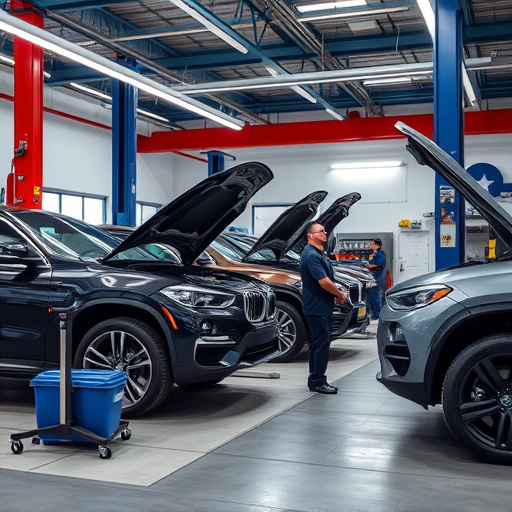
OEM collision parts are genuine replacement components manufactured by the same company as your vehicle. They are designed to precisely match the make and model of your car, ensuring a perfect fit during auto body painting and vehicle collision repair. Unlike after-market or generic parts, OEM parts come with warranties and are tested to meet strict safety standards, providing peace of mind and long-term reliability.
Using OEM collision parts is crucial in automotive body shops to ensure the structural integrity and aesthetic appeal of a vehicle post-collision. They help maintain the original look and feel of your car, preserving its value and resale potential. Moreover, using the right OEM parts facilitates faster and more efficient vehicle collision repair, getting you back on the road sooner while ensuring safety and quality.
Navigating the Process of Requesting OEM Parts After an Accident
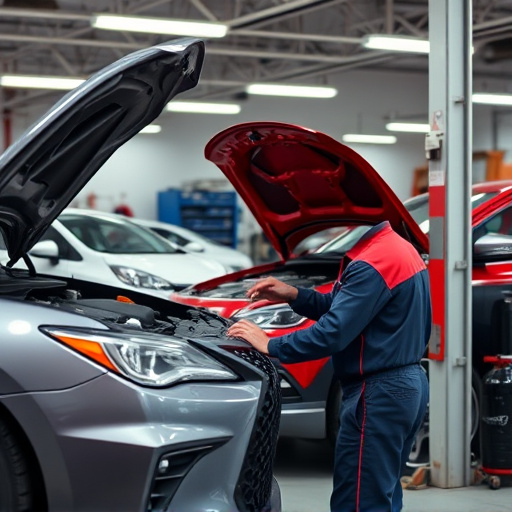
Navigating the process of requesting OEM collision parts after an accident can seem daunting, but with the right approach, it becomes a smoother journey. The first step is to assess your vehicle’s damage and gather information about the required parts. This includes making a detailed list of damaged components, taking photos for reference, and identifying the exact make and model of your vehicle. Next, contact your insurance provider to initiate the claims process and discuss the procedure for acquiring OEM (Original Equipment Manufacturer) parts. They will guide you through the necessary steps and may even have preferred vendors or recommended auto body shops that specialize in OEM collision parts.
Once your claim is approved, work with your insurance company or a trusted car body shop to source the required OEM parts. These parts are specifically designed for your vehicle model, ensuring a precise fit and top-quality performance during the repair process, including auto dent repair and auto painting. Remember to request certified or genuine parts to guarantee their authenticity and compatibility, thereby ensuring your vehicle’s safety and longevity after the collision.
Tips for Ensuring a Smooth Experience When Ordering Replacement Parts

When ordering OEM collision parts for auto repairs after an accident, a smooth experience is key to ensuring your vehicle’s restoration goes smoothly too. One crucial tip is to obtain accurate damage estimates from professionals; this helps in identifying genuine replacement parts needed, avoiding unnecessary purchases, and ensuring cost-effectiveness. Working closely with your insurance company can facilitate this process, as they often have preferred suppliers and can guide you on the best quality parts for your specific car model and make.
Additionally, always request parts specifically designed for your vehicle’s year and model; generic or aftermarket parts may not fit perfectly or withstand the same rigours as OEM parts. Verify the reputation of the supplier; a well-established dealer with positive customer reviews ensures you receive authentic products and reliable service. Lastly, keep detailed records of all communications, orders, and receipts; this documentation can come in handy for future references or if any issues arise during the replacement process, facilitating quick resolutions.
After an accident, requesting original equipment manufacturer (OEM) collision parts is a crucial step in the repair process. This article has guided you through understanding the significance of OEM parts and navigating the request process efficiently. By following the tips provided, you can ensure a smooth experience when ordering replacement parts, ultimately contributing to a safer and more reliable vehicle. Remember, timely and accurate part selection is vital for effective collision repairs.
